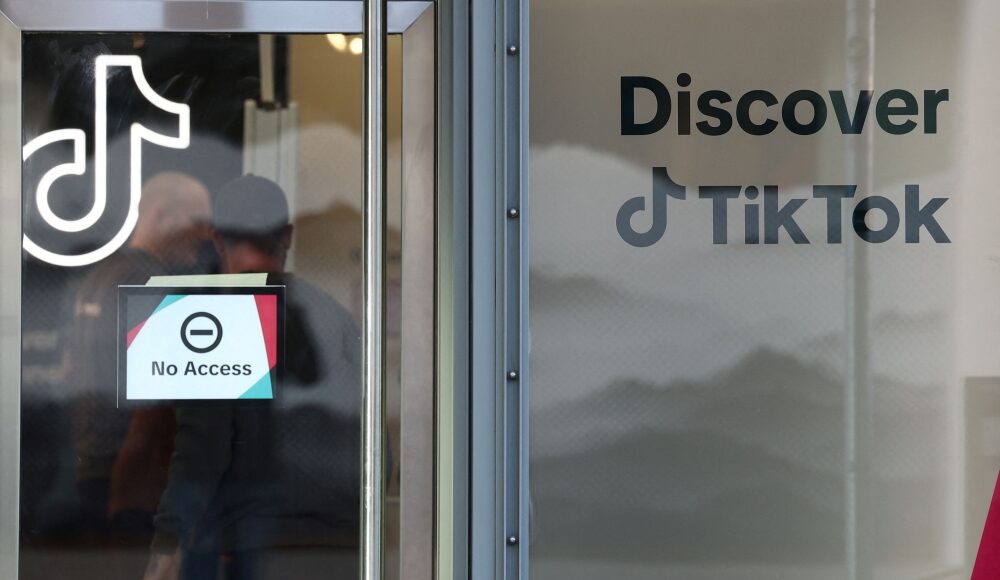JUNE 10 — What if the future of our education is no longer confined within classroom walls but embedded in the seamless scroll of a mobile screen?
Once perceived merely as a platform for dance routines and viral entertainment, TikTok has evolved into an emergent space for digital learning.
With billions of views under educational hashtags and creators simplifying complex subjects into concise, one-minute content, the platform is redefining how knowledge is delivered and consumed in real time.
In both Malaysia and globally, students are increasingly relying on TikTok for swift, accessible explanations of academic topics ranging from essay structures and grammatical accuracy to historical timelines and science revision.
These short-form videos, often produced by educators, peers, or academic enthusiasts, transform dense curriculum material into easily digestible and visually engaging content.
In doing so, TikTok meets learners within the digital environments they most frequently occupy.
For traditional educators and institutions, this shift presents a paradox. While there are valid concerns regarding reduced attention spans, the oversimplification of complex material, and the potential spread of misinformation, the deeper issue may lie not in the platform itself but in the rigidity of existing educational systems.
TikTok, rather than threatening education, may be highlighting the urgent need for pedagogical innovation and adaptation.
As classrooms continue to navigate the post-pandemic landscape, TikTok is emerging as a powerful tool to re-engage students.
After years of remote learning and digital burnout, many students now expect education to be interactive, fast-paced, and visually engaging.
Traditional teaching methods often struggle to meet these expectations. TikTok, with its short-form video style and algorithm-driven reach, delivers information in a way that feels intuitive to today’s learners.
Through visuals, voiceovers, and direct communication, it presents lessons in formats that are easier to understand, more relatable, and ultimately more memorable.
In recent years, TikTok has become an increasingly vital academic resource for students preparing for the Sijil Pelajaran Malaysia (SPM) examination.
Faced with mounting pressure to perform well across a wide range of subjects, students are turning to the platform for concise, engaging content that breaks down complex topics in subjects such as English, Physics, Chemistry, Biology, and Mathematics.
These videos, often created by teachers, tutors, or even high-achieving peers, transform traditional syllabus content into visually dynamic lessons that are easier to absorb and revise on the go.
As classrooms continue to navigate the post-pandemic landscape, TikTok is emerging as a powerful tool to re-engage students. — Reuters pic
Instead of poring over lengthy textbooks, students can now access quick grammar tips, formula recaps, experiment walkthroughs, and past-year question analyses, all from their mobile devices.
In doing so, TikTok is reshaping the way exam preparation is approached, offering a more student-centered, accessible, and time-efficient model of learning that complements classroom instruction.
This paradigm shift raises an important question for educators. Should digital platforms like TikTok be resisted or embraced? An increasing number of educators are exploring the latter.
By creating educational TikTok content ranging from revision strategies and micro-lessons to motivational guidance, teachers are not replacing the classroom but extending its reach.
In recognising and responding to students’ digital habits, these educators foster deeper engagement, relatability, and learner autonomy.
The structure and function of the traditional classroom are undeniably changing.
Chalkboards are giving way to digital interfaces. Rigid syllabi are being complemented, and sometimes challenged, by on-demand, learner-driven content.
If the ultimate objective of education is to equip, inspire, and empower young minds for an evolving global landscape, then pedagogical approaches must evolve accordingly.
Despite its limitations, TikTok offers a unique pedagogical language. It is concise, interactive, peer-centred, and visually stimulating.
While it may never substitute formal education, it plays an increasingly significant role in shaping contemporary learning behaviours and expectations.
Therefore, when critics label TikTok as nothing more than an entertainment app, they overlook a quiet educational revolution already taking shape.
Education is no longer confined to chalkboards, classrooms, or structured rows of desks.
Today, it lives in the fingertips of students who scroll not just for amusement, but for answers, for clarity, for knowledge that feels relevant and reachable.
In a world where information overload is real and attention is constantly pulled in every direction, TikTok has emerged as an unexpected but powerful learning companion.
It is not here to replace traditional education, but to enhance it, to fill its gaps, and to meet learners where they are.
Lessons that once seemed intimidating are now made accessible. Concepts that once confused now click in under a minute.
Educational change does not always begin with formal policies or elite institutions. Sometimes, it begins with a teenager sharing a math trick from their bedroom.
Sometimes, it starts with a dedicated teacher reimagining their methods to connect with students on their screens.
And often, it flourishes in the determination of students who keep learning despite limited resources, long commutes, or self-doubt.
This is what learning looks like today. It is personal, immediate, and deeply human.
It is a video that makes sense of what a textbook could not. It is a comment section filled with shared struggles and support.
It is proof that learning does not need four walls to thrive. It lives in moments of connection, in sparks of clarity, in the quiet resilience of students who choose to grow in new ways.
* Shazlin Niza Ab Razak is an English language lecturer.
** This is the personal opinion of the writer or publication and does not necessarily represent the views of Malay Mail.




